AI learns how vision and sound...

Understand the Model Behind GPT-3, BERT,...
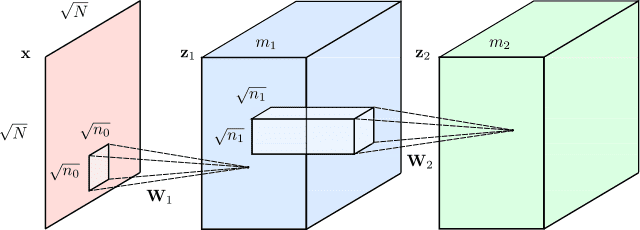
How to build a working AI...
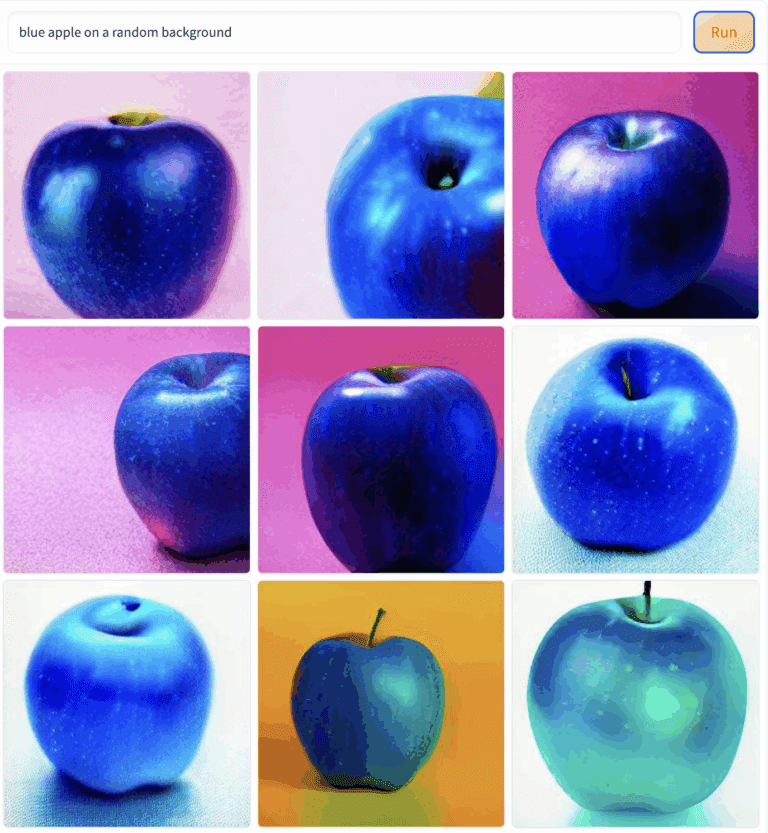
ICCV 2023 top papers, general trends,...
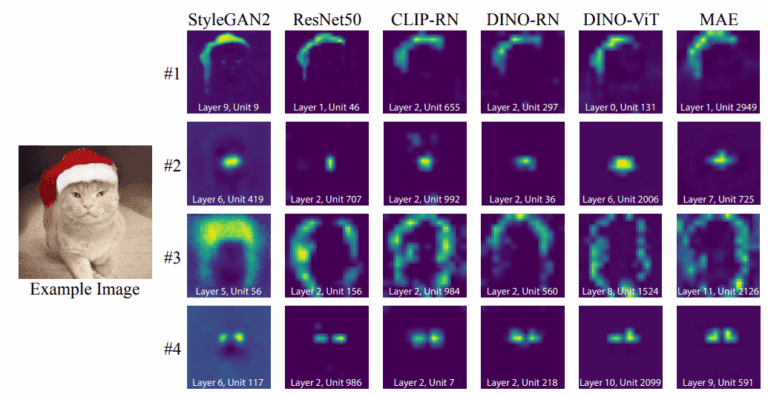
Open Source Video Generators Create Feature-Length...
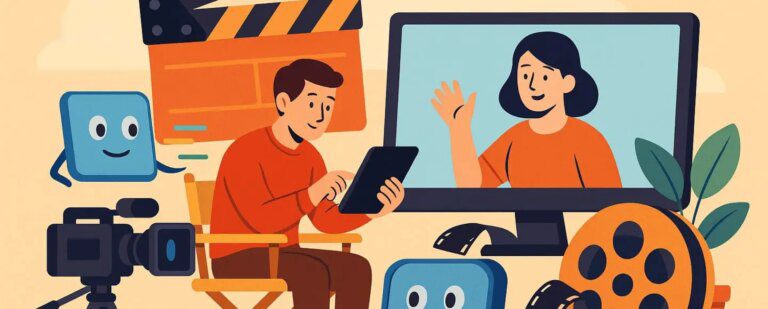
Everyone Has Given Up on AI...

to make or to buy? —...

How To Get Your Team Ready...

AI for Ad Revenue Stalls in...

Hey There, Good Lookin’ – Robot...
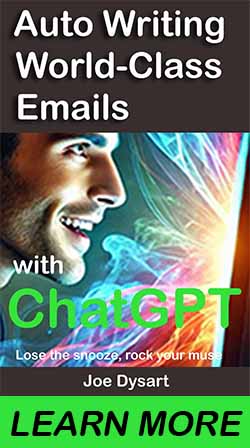

AI learns how vision and sound...
Humans naturally learn by making connections between sight and sound. For instance, we can watch someone playing the cello and
READ MORE
Understand the Model Behind GPT-3, BERT,...
You know that expression When you have a hammer, everything looks like a nail? Well, in machine learning, it seems
READ MORE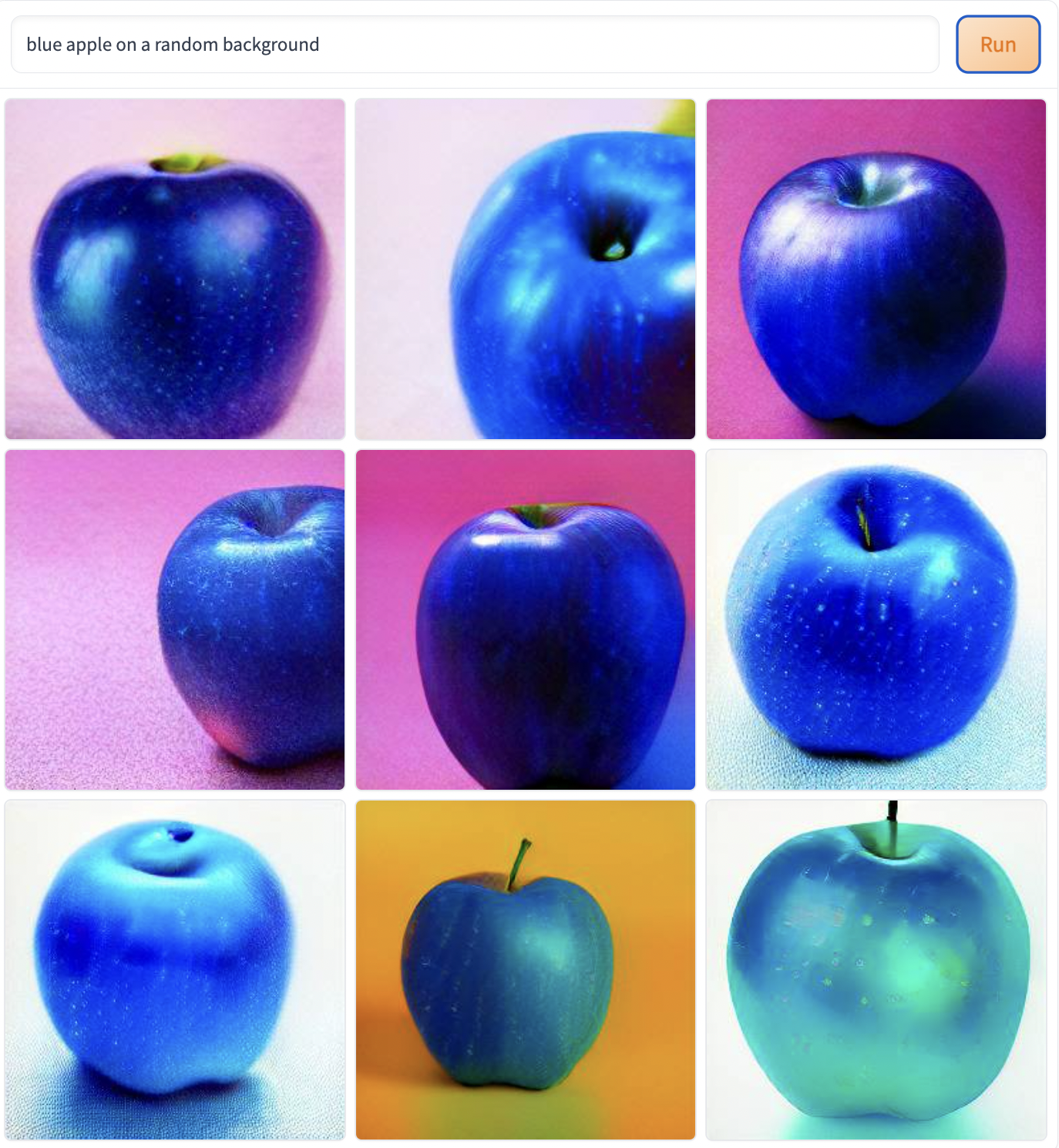
How to build a working AI...
Synthetic data is on the rise in artificial intelligence. It’s going to make AI cheaper, better and less biased. It’s also
READ MORE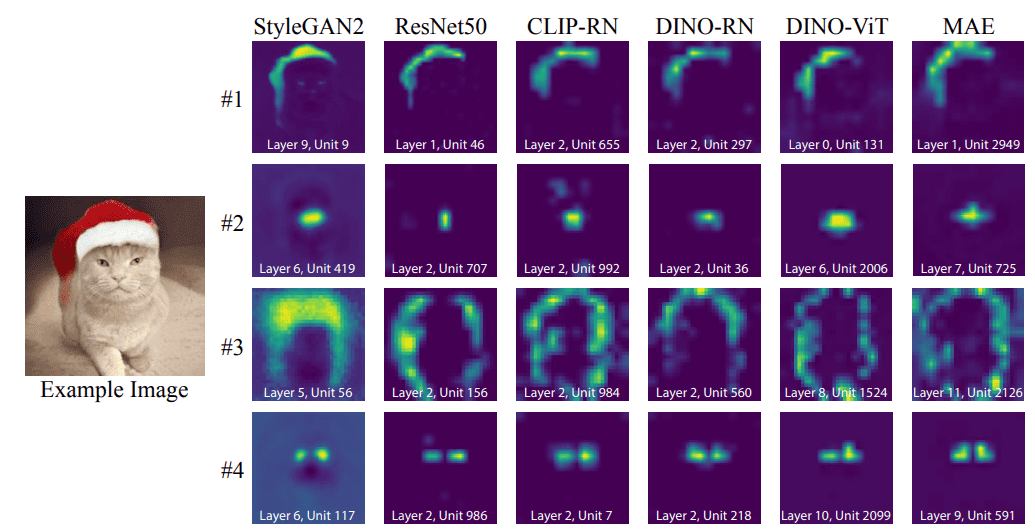
ICCV 2023 top papers, general trends,...
I was lucky and privileged enough to attend the ICCV 2023 conference in Paris. After collecting papers and notes I
READ MORE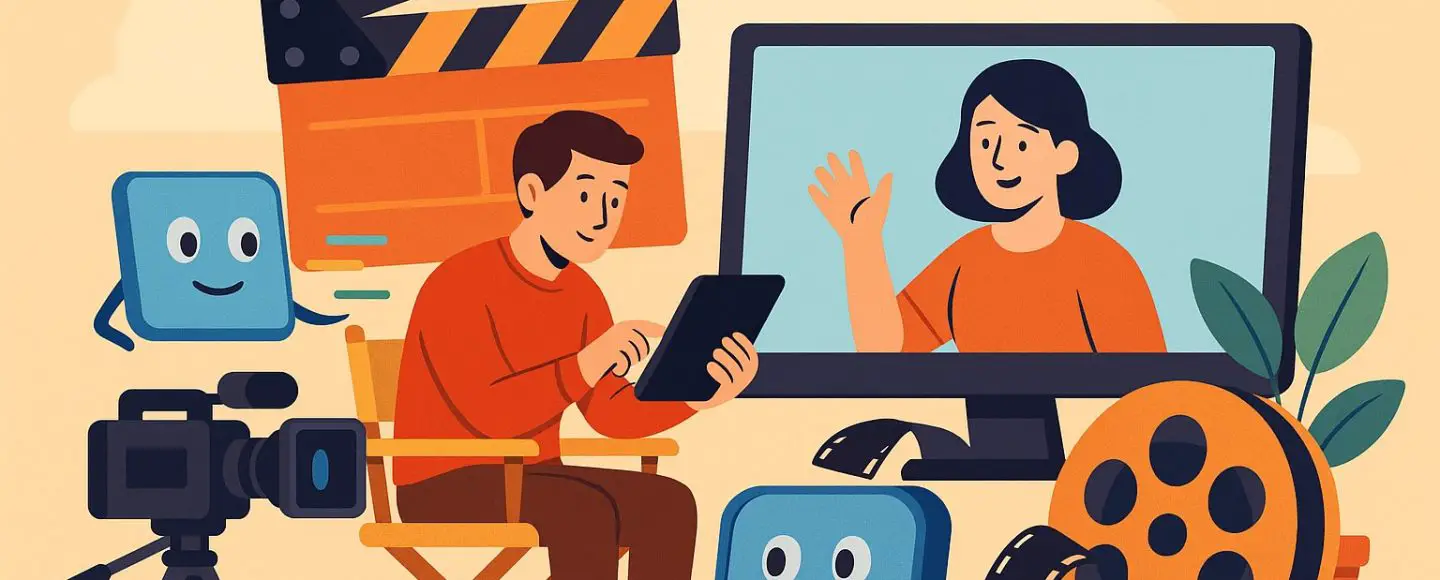
Open Source Video Generators Create Feature-Length...
Open Source Video Generators Create Feature-Length Films Open Source Video Generators Create Feature-Length Films a concept that once seemed futuristic
READ MORE
Everyone Has Given Up on AI...
The End of the AI Safety Debate For years, a passionate contingent of researchers, ethicists, and policymakers warned about the
READ MORE
to make or to buy? —...
With the educational content shift taking place, publishers need to innovate. In a previous blog post, we’ve discussed why embracing
READ MORE
How To Get Your Team Ready...
Robot ordering a human out AI integration programs such as chatbots can sometimes make our employees a little nervous. While
READ MORE
AI for Ad Revenue Stalls in...
In a digital ecosystem where user attention is fragmented and ad-blockers are rising, media companies are finding it harder than
READ MORE
Hey There, Good Lookin’ – Robot...
ChatGPT Now Creates Beautiful, Downloadable, .PDF Reports: In a great leap forward for writers, ChatGPT is now able to auto-format
READ MORE